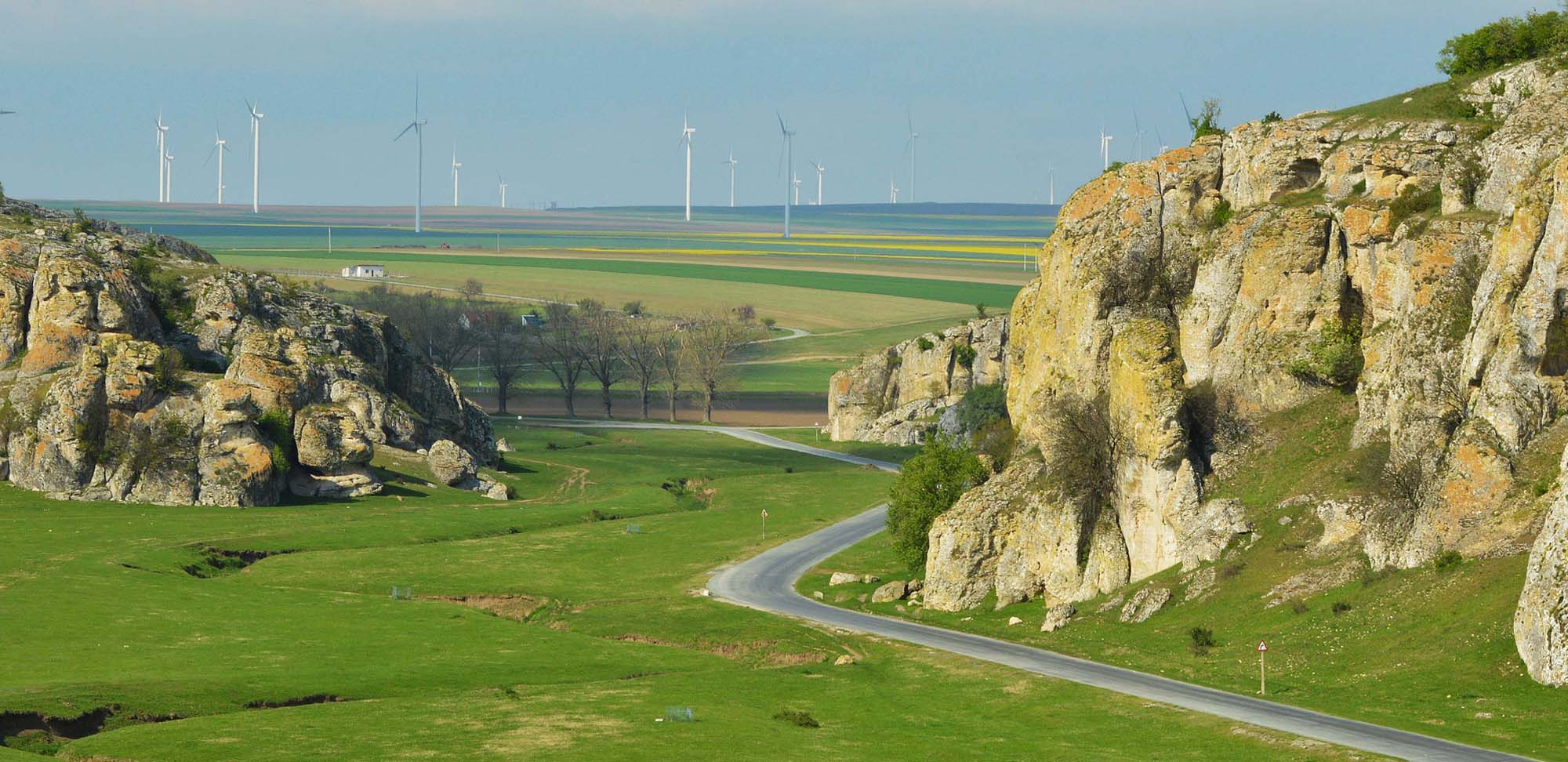Hungary and Romania are two of Europe's richest countries for birding and observing the wildlife of the "Old Continent." The list is long -- close to 500 species of birds, 110 mammals, 1100 protected plants (with more than 70 orchids), about 4200 butterflies and moths, and 80 dragonflies -- to mention but a few. This ancient fauna and flora is preserved in more than 500 nationally protected areas and over 2000 locally protected sites covering grasslands, fens, marshes, flood plains, mountains, forests, and pastures across the region. Dozens of areas have international importance (Ramsar, World Heritage, IUCN listed National Parks, UNESCO Biosphere Reserves, etc.). The pre-war explorations of Kirk Swann and Sir Peter Scott established these countries as two of Europe's most important areas for biodiversity -- a kind of European terra incognita -- a reputation that is still valid today. We will begin with a three-night stay at Baia, our gateway to the Danube Delta and Black Sea coast. Then we'll breathe the fresh air of coniferous woods in Count Dracula's Carpathian Mountains of Transylvania, sample the famous "Puszta" of Hungary, and gaze upon many magnificent birds. Our birding tour to Hungary and Romania is a perfect blend of great birdwatching while sampling the best habitats, scenery, and a few cultural highlights of this, "The Best of Eastern Europe."
Our tour begins in Bucharest, the capital of Romania, but we will soon be on our way to Baia and the amazing Danube Delta. As water levels and birds visiting them vary from year to year, we will plan our three days in this incomparable area visiting the very best accessible lagoons, canals, reedbeds, and shallow-fringed wetlands. We expect to see hundreds of waterbirds, including the endangered Dalmatian Pelican and Pygmy Cormorant, among far larger numbers of ducks, herons, egrets, ibis, storks, gulls, and terns. Migrant eagles or falcons may fly overhead, while along the shores are feeding flocks of pratincoles, sandpipers, and plovers. At the Black Sea coast, we'll encounter many more waterbirds, while in the grasslands and woodlands of the Dobrodgea region Eurasian Hoopoe, European Bee-eater, European Roller, Calandra Lark, Tawny Pipit, and a variety of flycatchers, wheatears, warblers, shrikes, and buntings should all be found. In Transylvania, we'll visit the volcanic Carpathian Mountains, where at Mount Hargita (the sacred peak of the local Hungarian-speaking Secler people), perhaps we'll find Western Capercaillie, Eurasian Three-toed Woodpecker, Eurasian Jay, Eurasian Nutcracker, Goldcrest, Common Firecrest, and Ring Ousel. We'll also spend time in the huge Bicaz Gorge with a good chance for White-throated Dipper and the unique Wallcreeper!
In the magnificent limestone landscape near Coltesti, we'll look for several crag species such as Alpine Swift, Eurasian Crag-Martin, and Rock Bunting. Finally, we'll travel west to Hungary and three of the region's very best birding areas -- across the steppes, through the woodlands, and along the lakeshores of Hortobagy, the Zemplen Hills, and Kiskunsag, we'll find a wealth of birds, including Imperial Eagle, Red-footed and Saker falcons, and Great Bustard.
We have tried to offer (within a period of just over two weeks) what we consider to be some of Eastern Europe's finest birding. However, Hungary and Romania comprise a vast region, and we are limited to visiting what we think are the most accessible and best birding areas within this time frame, while still giving us a chance to see virtually all the special birds, which include Great Bustard, Pygmy Cormorant, Dalmatian Pelican, Imperial Eagle, Levant Sparrowhawk, Eurasian Pygmy-Owl, Black Woodpecker, Red-footed and Saker falcons, and Wallcreeper; perhaps 200 to 210 species in total.
Additionally, you may wish to add a few days at either end of the tour to see some of the historical/cultural sights of either Bucharest or Budapest. Should you wish to do this we can arrange optional city tours (at an additional cost). During the actual birding tour we will have short cultural visits to the city of Brasov, Dracula's Castle, a Transylvanian village (for the Szekler Gates), and a Fortified Chruch.
Terry Stevenson and local expert Lajos Nemeth-Boka will guide our group. Terry has of course been well known for years to many of our participants; his friend and colleague Lajos is not only an expert birder, but one of Europe's finest guides to the butterflies, amphibians, and reptiles throughout the region.
Select the KEY INFO tab or click here for our itinerary plus space requests, status, fees, limits, and guides for any departure.
Client comment
"We have done two previous tours with Field Guides. This was an outstanding experience, as with our other Filed Guides tours. Terry Stevenson and Lajos Nemeth-Boka and all additional local guides were excellent. Everything on the tour was well-planned... Office service was also excellent." C.K., HUNGARY & ROMANIA


